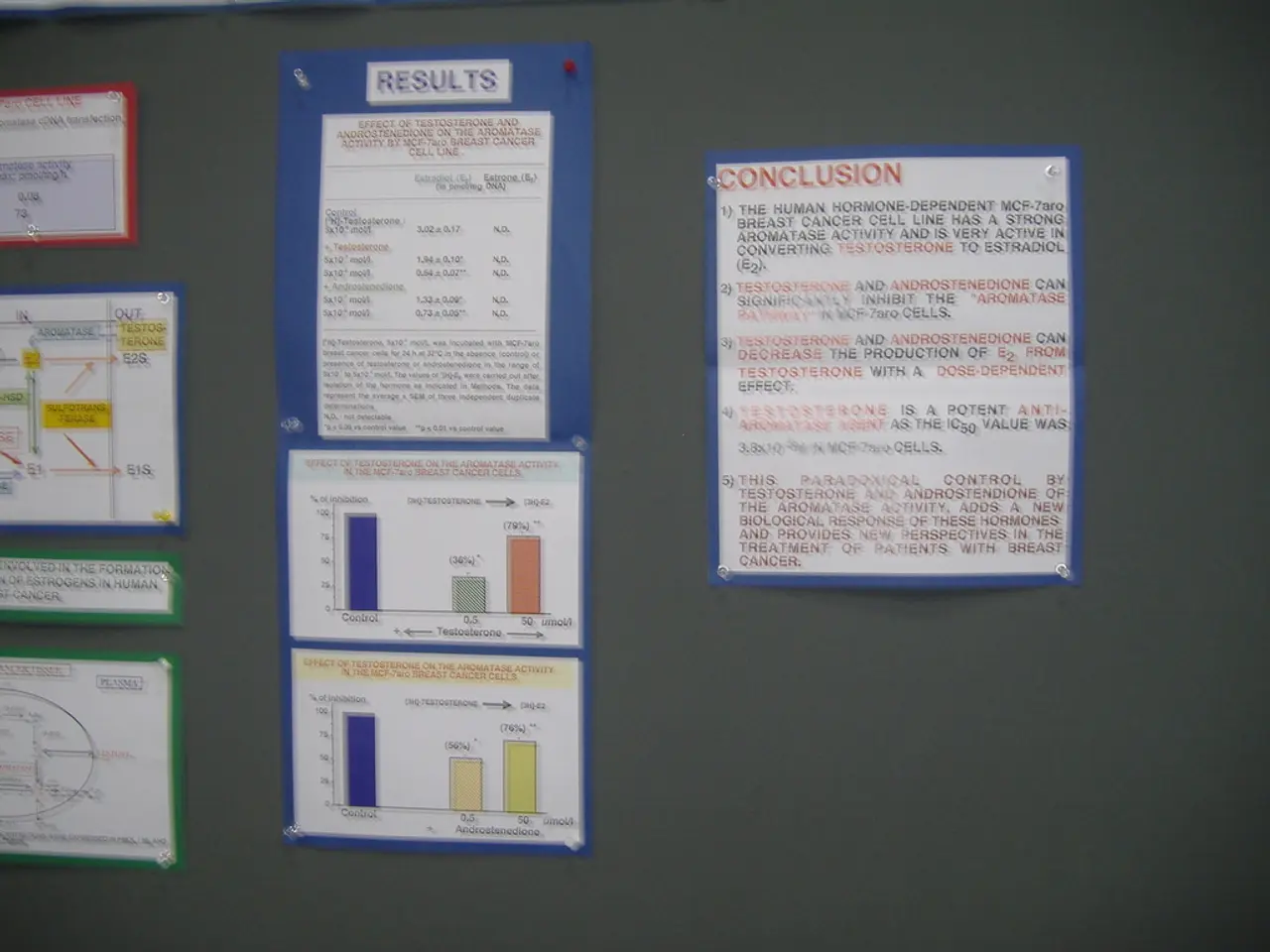Scenarios for stress tests conducted by the Federal Reserve in the year 2025 are unveiled
The Federal Reserve has unveiled its annual stress test scenarios for 22 large banks, with American Express, Bank of America, BNY, Barclays US, BMO, Capital One, Charles Schwab, Citi., DB USA Corporation, Goldman Sachs, JPMorgan Chase, M&T Bank, Morgan Stanley, Northern Trust, PNC, RBC US Group Holdings, State Street, TD Group US Holdings, Truist, UBS Americas Holding, U.S. Bank, and Wells Fargo among those being tested.
This year's stress test scenarios include severe global recession scenarios with added stress in commercial, residential real estate, and corporate debt markets. The international section of the stress test considers recession in four countries or country blocs, with Japan and developing Asia experiencing deflation.
Compared to 2021, the 2022 stress tests introduce new exploratory analysis elements to better capture emerging risks. These exploratory analyses include assessments of bank capital adequacy under hypothetical severe but plausible adverse conditions beyond the baseline and supervisory scenarios.
One of the key changes in the 2022 stress tests is adjusting scenario severity for inflation and global uncertainty. The Fed has incorporated scenarios that stressed banks under higher inflation and interest rates, more severe economic downturns, and greater uncertainty in global trade and financial markets.
The exploratory analyses serve as an additional layer of forward-looking risk assessment, providing insights beyond the cyclical economic downturn framework used in the core tests. The Fed's exploratory analysis includes two new elements: testing bank resilience to non-bank financial sector shocks during severe recession and a market shock applied to only the largest and most complex banks, hypothesizing the failure of five large hedge funds.
The stress test this year includes a U.S. unemployment rate jump of nearly 5.9 percentage points, to 10%. Analysts at Keefe, Bruyetter & Woods believe the 2025 assumptions are less stressful than recent tests, with lower market declines, lower [market volatility index], and lower changes in unemployment, residential, and commercial mortgage indexes.
The ABA has advocated for increased transparency in the Federal Reserve's stress testing program. Rob Nichols, ABA's president and CEO, has called for the publication of supervisory models and stress scenarios for public comment. The Fed has planned to reduce stress test volatility and improve model transparency this year.
However, a lawsuit has been filed against the Fed’s board of governors by the American Bankers Association, the Bank Policy Institute, the Ohio Chamber of Commerce, the Ohio Bankers League, and the Chamber of Commerce of the United States of America, alleging the central bank’s stress testing framework violates the Administrative Procedure Act.
Banks with major trading operations face additional stress tests that involve global market shock testing for trading positions and the largest counterparty default testing for banks with substantial trading and custodial operations. The number of banks being tested has decreased from 32 last year.
The Fed's stress test scenarios for 2025 to 2028 include 28 variables, unchanged from last year. The international section of the stress test considers recession in four countries or country blocs, with Japan and developing Asia experiencing deflation. Analysts have noted modest headwinds for JPMorgan and Bank of America, with potentially less benefits from lower accumulated other comprehensive income. The analysts predict generally favorable capital markets for Morgan Stanley and Goldman Sachs specifically.
The test also features severe market volatility, widening corporate bond spreads, and a collapse in asset prices, including about a 33% decline in house prices and a 30% decline in commercial real estate prices. This year's stress test scenarios include severe global recession scenarios with added stress in commercial, residential real estate, and corporate debt markets.
The exploratory analysis in this year's stress test introduces new elements to capture emerging risks, specifically assessing bank capital adequacy under hypothetical severe but plausible adverse conditions in the business, finance, and industry sectors. In contrast to the 2021 stress tests, the Fed has adjusted scenario severity for inflation and global uncertainty, including stress tests for banks with major trading operations in global financial markets.




